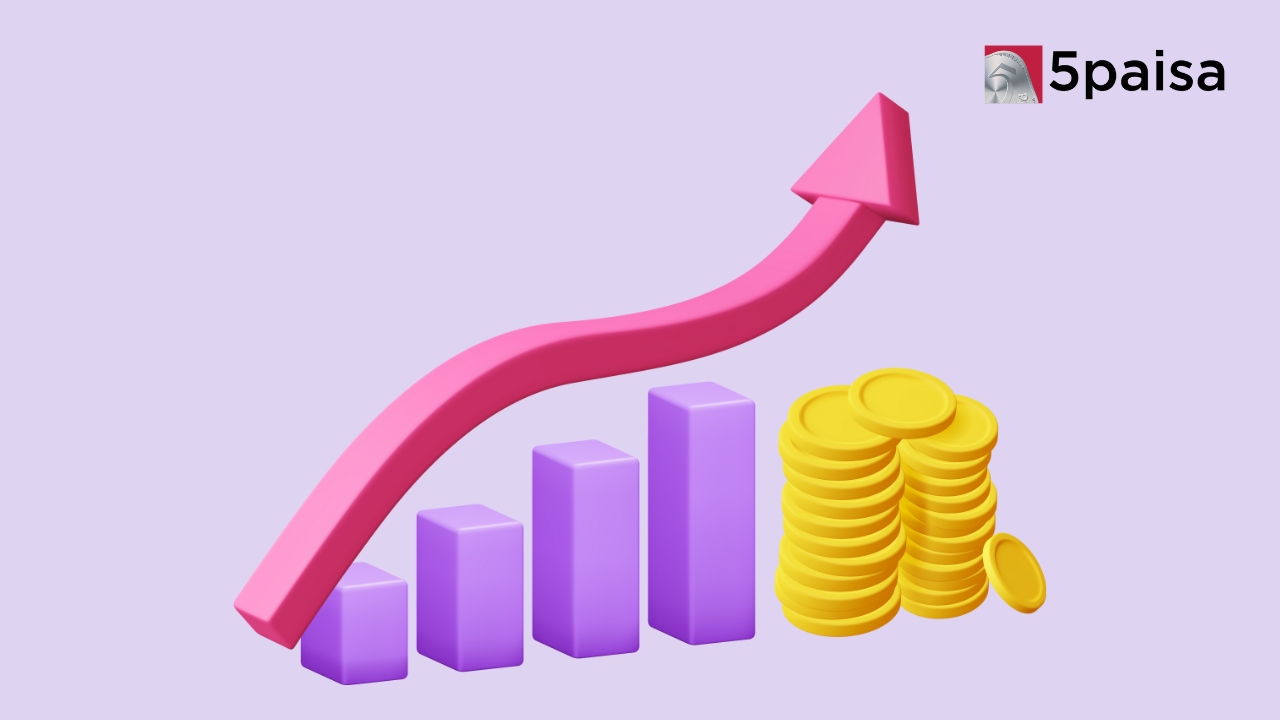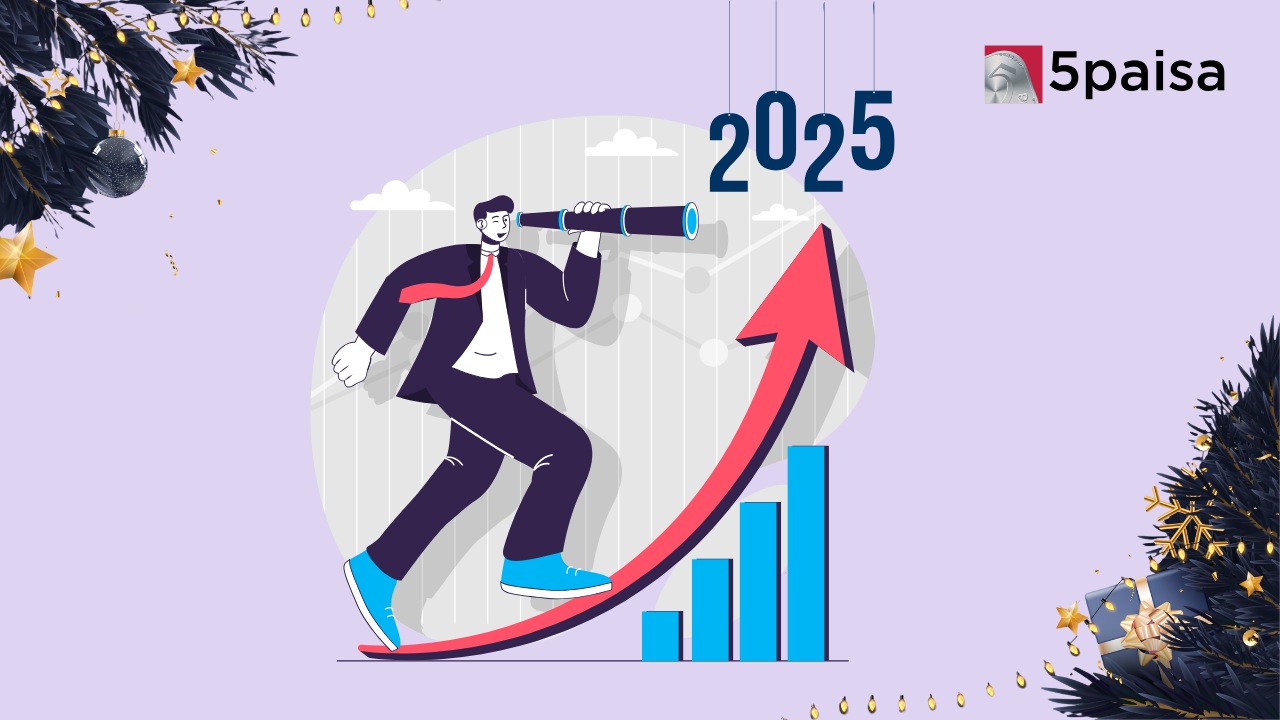The Correct Way to Monitor Your Portfolio

Last Updated: 9th December 2022 - 12:01 am
Creating your portfolio takes a lot of effort but that is only one part of the story. The more complex part is monitoring the portfolio. After all, a portfolio is not just one stock but a basket of stocks with each component having different dynamics and being as different as chalk and cheese.
It is not just enough to buy stocks online and create a portfolio, you must also monitor it. You need to monitor your portfolio because this sets the base for rebalancing it. To this effect, you can set triggers on your stock trading portal or app to know of any changes to the stocks in your portfolio.
Here is a cheat sheet of eight variables of portfolio management to constantly track your stocks.

Your portfolio monitoring cheat sheet – An-point agenda
-
Keep a tab on news on global and domestic macros. This includes news flows on Federal Reserve minutes, ECB minutes, and shifts in the Italian bond markets, global oil prices, global liquidity, and the progress on Iran sanctions, among others. At a domestic level keep a tab on the inflation rate, the rupee value, the bond yields, and the GDP growth cues coming from the government. All these can have a bearing on how your portfolio is likely to react to external stimuli and how you need to effectively monitor and make changes to it.
You need to track the important news on the industry/sector in which each stock operates and the company that you hold. Look at new industry trends, new product launches, new disruptive ideas in the sector, whether you see price competition, etc. At a company-level, focus on the company’s financials, look for corporate governance issues, look at profitability as well as efficiency margins, etc. All these factors have a bearing on your portfolio review.
-
As per statutory requirements, every listed company is required to file its quarterly results with the stock exchanges every quarter. They need to provide information on sales, operating profits, net profits, operating margins, etc. Most companies also give guidance for the next few quarters and this is a price-sensitive information. Use these as inputs for your portfolio review.
-
Read the Management Discussion & Analysis (MDA) and financials in annual reports. These reports come out only once a year and by then you have tracked four quarterly filings. But the annual report has importance for a different reason. Firstly, it contains the MDA, which gives you the management’s outlook on the business. While it is normally optimistic, it is the most authentic word you can trust. Most transparent managements use the MDA as a means of addressing shareholders on critical issues confronting the company at the current juncture.
-
Check the institutional buying and selling in the stock. Remember, institutions like FIIs and mutual funds can buy and sell for a variety of reasons. But if you find that institutions are consistently selling a particular stock, then it is time to dig further and check the reasons behind it. Also keep a tab on insider selling, i.e. by promoters, anchor investors, etc. They matter a lot to your view of the company.
-
Corporate announcements like dividend announcements, splits, bonus announcements, changes in management, and key business information also need to be tracked. If the company is continuously losing senior personnel or if a number of auditors have resigned in the last five years, then it is a cause for concern. Such things are obvious when you track the exchange filings and announcements closely.
-
Keep a tab on your portfolio’s Beta. Remember, beta is a measure of systematic risk. Portfolio beta is nothing but the weighted average of all the stock betas weighted by their contribution to the value of the portfolio. You must track the portfolio beta over a period of time on a monthly basis. If the portfolio beta is constantly rising and you expect a correction in the markets, then you need to be cautious. That is because a higher beta means more vulnerability to sharp corrections in the market.
-
Finally, keep a tab on your portfolio correlations. This is slightly more complicated; hence, we shall spend a few lines understanding this concept much better.
-
Portfolio correlation is a vital ingredient of risk reduction. When you build a portfolio, you ensure that you add stocks with low or negative correlation with the existing portfolio. That is how you reduce risk. If the new stocks replicate the old stocks, then there is no reduction in risk. Track the correlation over time as it tells you if the concentration risk in the portfolio is rising or falling. You need to keep tweaking your portfolio correlation based on a target.
Monitoring your portfolio and the stocks that comprise is a daily affair. Remember, smart investors keep an eye on factors that affect their stocks and anticipate the movements of the market to restructure their portfolios accordingly.
- Flat ₹20 Brokerage
- Next-gen Trading
- Advance Charting
- Actionable Ideas
Trending on 5paisa
Indian Stock Market Related Articles
Disclaimer: Investment in securities market are subject to market risks, read all the related documents carefully before investing. For detailed disclaimer please Click here.
 5paisa Research Team
5paisa Research Team
 Sachin Gupta
Sachin Gupta




